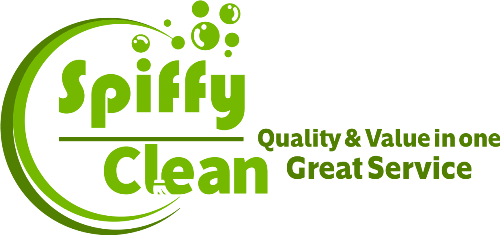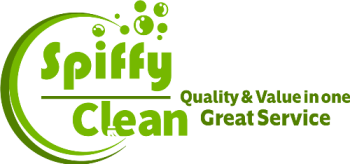Maintaining a Healthy and Hygienic Workspace: Best Practices for Office and Commercial Cleaning
In the dynamic landscape of business operations, the cleanliness of your workspace plays a pivotal role in creating a positive environment for both employees and customers. This comprehensive guide explores the best practices for maintaining a healthy commercial cleanliness, focusing on key areas such as restrooms, hand hygiene, odor control, signage, education, accessibility, and maintenance.
Introduction
The cleanliness of a workspace, including both offices and commercial areas, significantly influences the well-being of individuals within the space and shapes the overall perception of the business. In this guide, we will delve into best practices that span across various areas to ensure a comprehensive approach to cleanliness and hygiene.
Regular Cleaning Protocols
Establishing a Cleaning Schedule
Consistency in cleaning practices is vital for maintaining a clean and inviting workspace. Develop a cleaning schedule that includes daily, weekly, and monthly tasks to address different levels of cleanliness requirements. This proactive approach not only ensures regular cleanliness but also prevents the accumulation of dirt and grime.
Proper Cleaning Products
Selecting the right cleaning products is crucial for effective cleanliness. From disinfectants to eco-friendly cleaners, choose products that align with your business’s values and contribute to a healthier environment. The use of sustainable cleaning options is increasingly popular, showcasing a commitment to both cleanliness and environmental responsibility.
Hand Hygiene
Well-Stocked Handwashing Stations
A well-maintained office or commercial space includes well-stocked handwashing stations. Ensure an ample supply of soap, paper towels, and functional hand dryers. Regularly check and restock these essentials to facilitate seamless handwashing for employees and visitors.
Importance of Hand Sanitizers
In addition to traditional handwashing facilities, strategically place hand sanitizers to encourage regular hand sanitization. This is especially vital in situations where immediate handwashing may not be possible. Educate users on proper hand sanitizer use to maximize its effectiveness.
Odor Control
Ventilation Systems
Maintaining a fresh and odor-free environment involves proper ventilation. Ensure ventilation systems are in good working condition to provide adequate air circulation. Regular maintenance prevents the buildup of unpleasant odors and contributes to a more pleasant workspace.
Scented Solutions
Complementing ventilation, consider the use of scented solutions such as air fresheners or odor neutralizers. Striking the right balance with pleasant and neutral scents enhances the overall environment without being overpowering.
Hygiene Signage and Education
Clear Signage for Hygiene Practices
Implement clear signage throughout the workspace to remind individuals of proper hygiene practices. Post signs encouraging handwashing, proper disposal of items, and other relevant instructions. High-traffic areas should especially feature prominent signage.
Employee Training
Educate cleaning staff on best practices to ensure consistent cleanliness. Foster a sense of responsibility among employees by providing training on maintaining cleanliness in shared spaces. A well-informed team contributes significantly to the overall cleanliness of the workspace.
Accessibility and Maintenance
Accessible and Well-Maintained Facilities
Restroom facilities should not only be clean but also accessible to everyone. Regular inspections for repairs and maintenance are essential to address any issues promptly. Ensure compliance with ADA standards to provide equal access to all individuals.
Proactive Approach to Repairs
Take a proactive stance towards repairs by addressing issues promptly. Leaks, malfunctioning fixtures, or other maintenance issues should be attended to swiftly to prevent escalation. Collaboration with maintenance teams ensures a streamlined process for timely repairs.
Monitoring and Feedback
Feedback Mechanisms
Establish channels for feedback from workspace users. Encourage employees and visitors to report any concerns or issues they encounter. A feedback mechanism allows for continuous improvement, addressing specific concerns and ensuring that the workspace consistently meets user needs.
Regular Audits and Assessments
Conduct regular hygiene audits to assess the cleanliness and functionality of the workspace. Celebrate successes and acknowledge the efforts of the cleaning team. Simultaneously, address any challenges identified during audits to continuously enhance cleanliness standards.
Conclusion
In conclusion, maintaining a healthy and hygienic workspace involves a multifaceted approach that spans regular cleaning protocols, effective hand hygiene practices, odor control, clear signage, employee education, accessible facilities, proactive maintenance, and continuous monitoring. A commitment to these best practices contributes not only to the well-being of individuals using the workspace but also positively impacts the overall image of your business.
Call-to-Action
As you embark on the journey of enhancing workspace hygiene in your business, consider sharing your own best practices or reaching out to Spiffy Clean for professional office cleaning services. A clean and hygienic workspace is not just a necessity; it’s a reflection of your commitment to excellence.






